2022 Winter Olympics’ Guyangshu venues to open soon
2020-10-22
The 500-day countdown to the 2022 Winter Olympics and Paralympics has begun. Construction on the sporting event’s Guyangshu facilities at the Zhangjiakou city, designed by the Architectural Design and Research Institute of Tsinghua University (THAD), is in full swing, and the civil work stage will soon be completed.
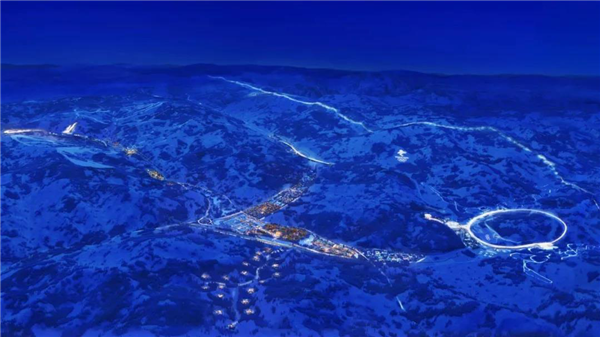
A bird’s-eye view of the Zhangjiakou competition area. [Photo/thholdings.com]
The Zhangjiakou competition area will host nearly all snow-based events, except alpine skiing and snowmobile sled competitions. Its core area is located in the city’s Chongli district, Hebei province, covering approximately 9.6 square kilometers.
During winter, the area receives early snowfalls and enjoys long snowy periods. With suitable temperatures, rich mountain topography and good ecological conditions, Zhangjiakou is becoming a world-class winter sports destination.
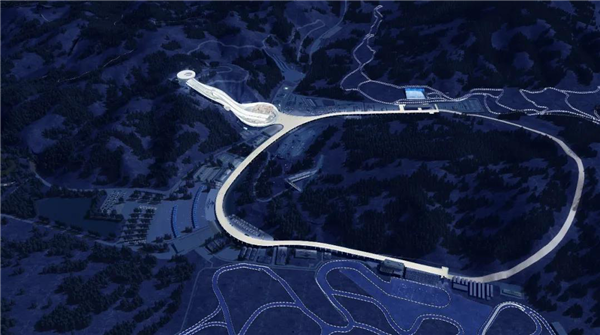
A rendering of the Guyangshu development. [Photo/thholdings.com]
The Zhangjiakou competition area will consist of three clusters that are connected by a low-carbon transportation system. The transport network will include external connection roads, special roads for athletes, a cable car system, a transfer parking lot and a helipad.
The clusters will also boast a circular walking platform that connects the National Ski Jumping Center, the National Biathlon Center and the National Cross-Country Ski Center.
It will take spectators only 50 minutes to reach the Zhangjiakou competition area from Beijing by high-speed rail during the Winter Olympics. Once there, visitors will transfer to the event grounds at Guyangshu via clean-energy buses.
The sports stadiums and other supporting buildings will be heated by wind power during the winter. Meanwhile, passive technologies such as natural ventilation and external shading will be utilized in summer months to keep the structures cool. Air conditioning is not required, which significantly reduces the facilities’ operating energy consumption.
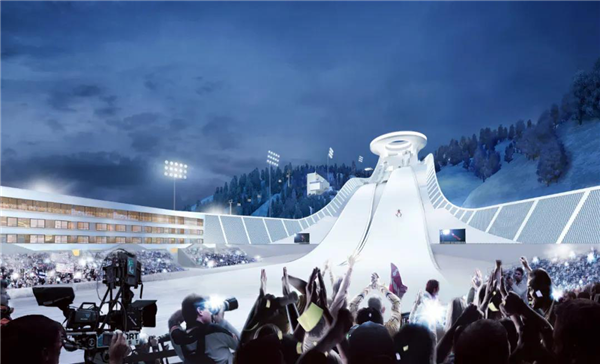
A rendering of the National Ski Jumping Center. [Photo/thholdings.com]
The National Ski Jumping Center was designed by Zhang Li, the dean of the School of Architecture of Tsinghua University. The ring-shaped roof above the jumping platform, the profile line of the track and the bottom stand will be integrated with an S-shaped curve to make the ski center resemble a traditional Chinese ornamental object know as a “ruyi.” Ruyi symbolized good luck and were created during the Qing Dynasty (1644-1911).
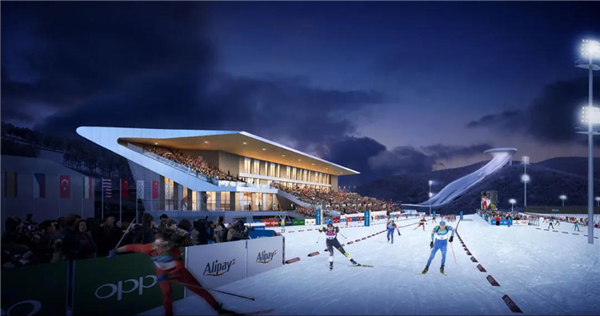
A design sketch of the National Biathlon Center. [Photo/thholdings.com]
Design work on the National Biathlon Center was presided over by Zhuang Weimin, an academician of the Chinese Academy of Engineering and dean of THAD. It will be China’s first internationally certified biathlon venue. After its competition, the center will host world-class events and be used as a national training and promotion base.
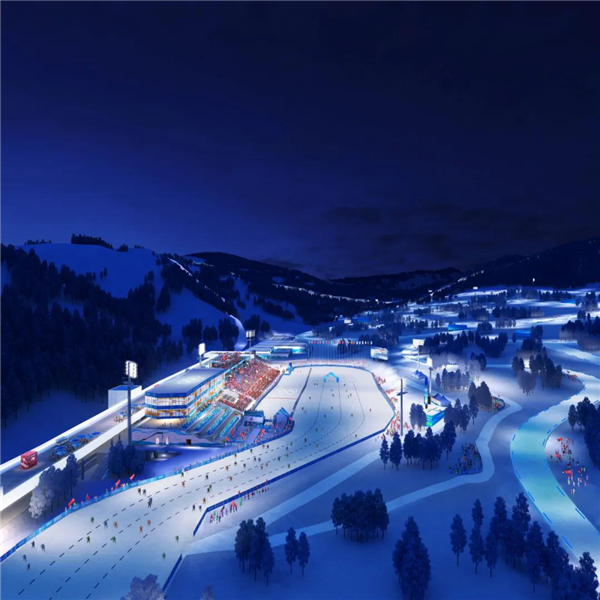
A design sketch of the National Cross-Country Ski Center. [Photo/thholdings.com]
The National Cross-Country Ski Center will be an important snow venue for the Beijing 2022 Winter Olympics. During the Olympics, it will host all 15 events of cross-country skiing and Nordic. The center was designed by the dean of the School of Architecture of Tsinghua University, Zhang Li.

 Facebook
Facebook WeiXin
WeiXin CONTACT US
CONTACT US






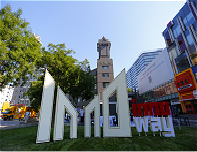



 Tsinghua Holdings works hard for better ecological environment
Tsinghua Holdings works hard for better ecological environment